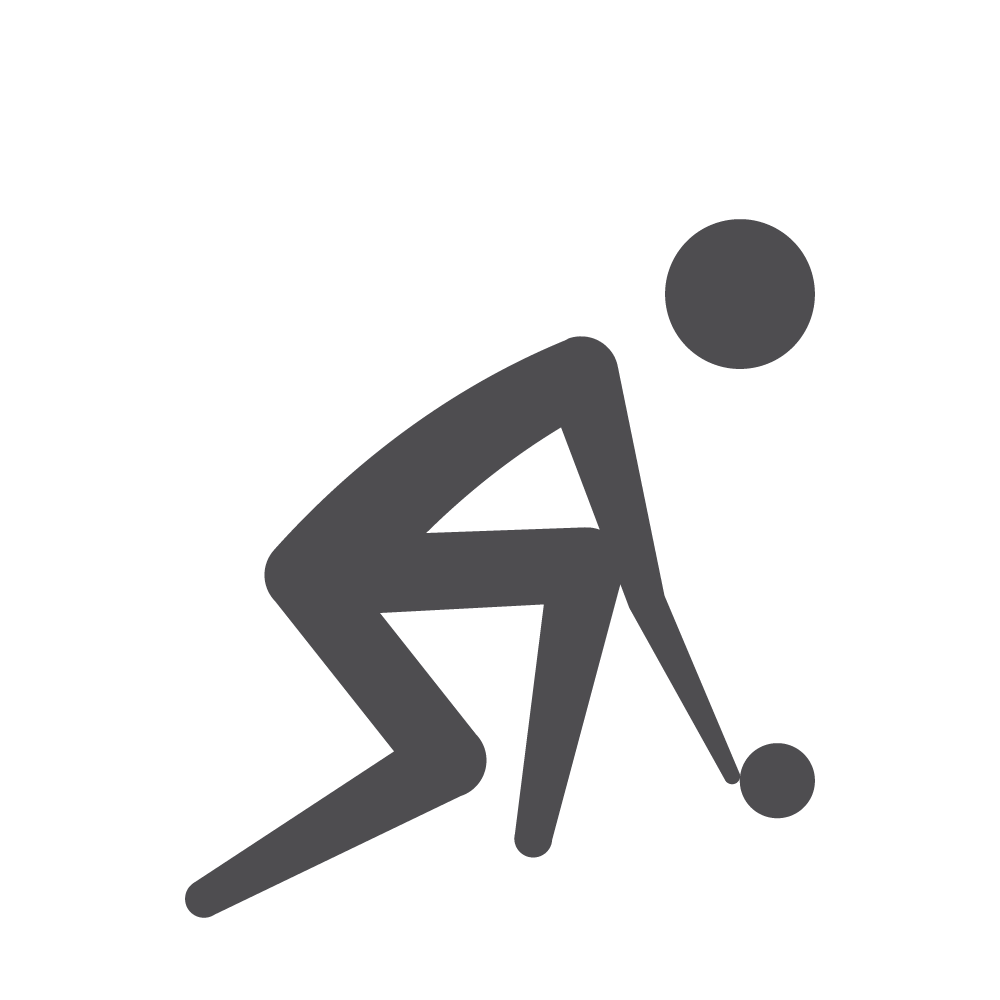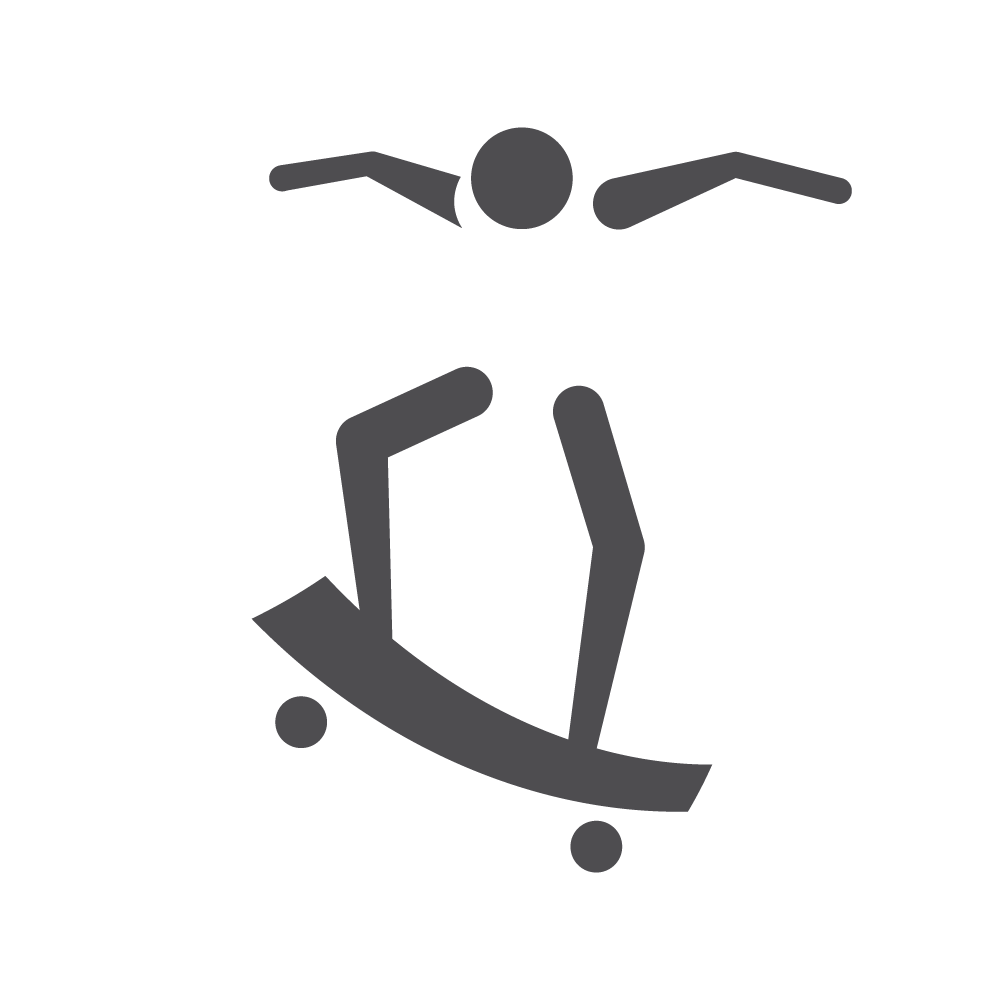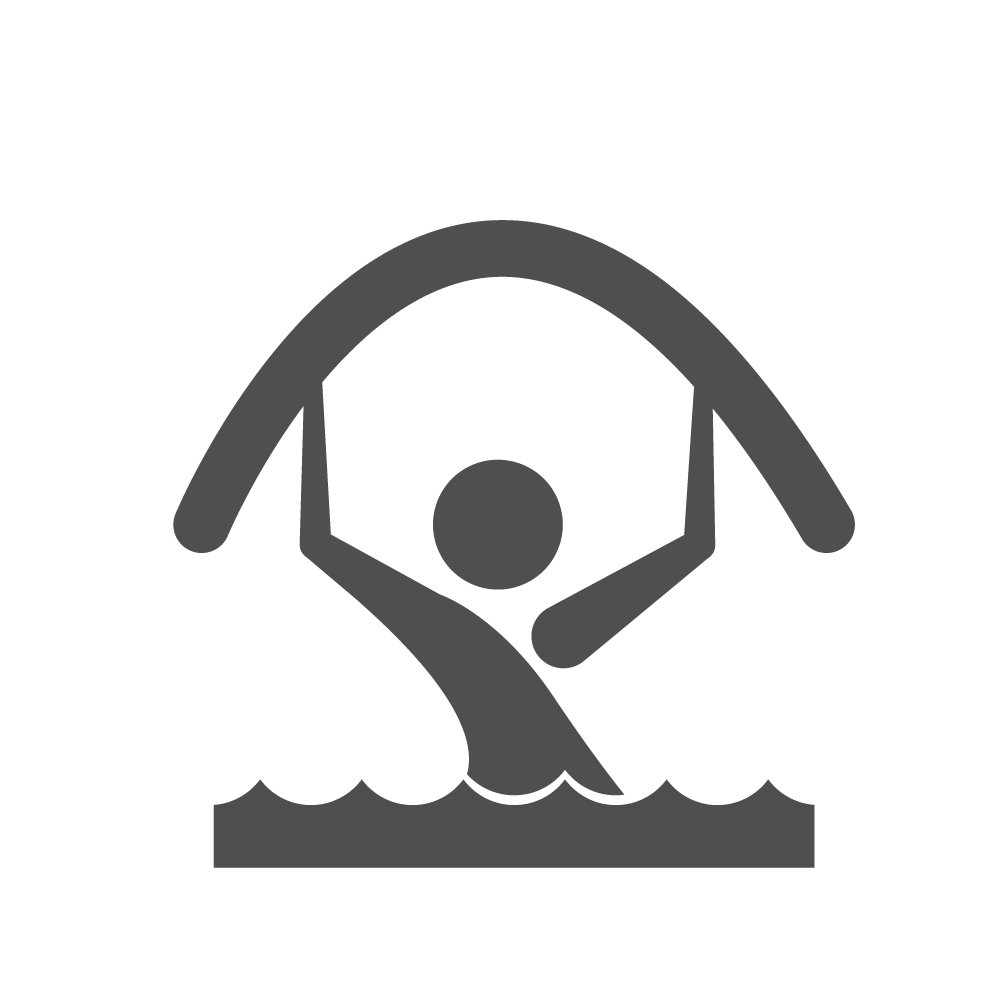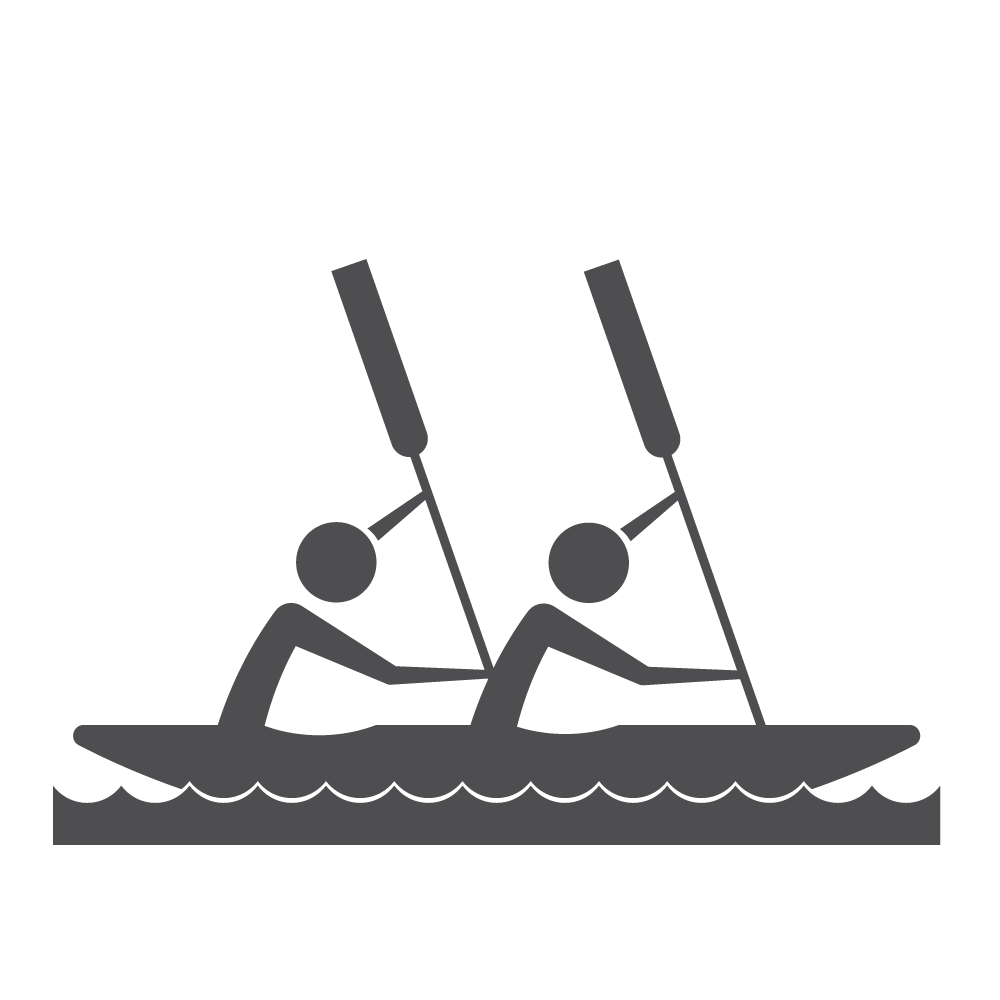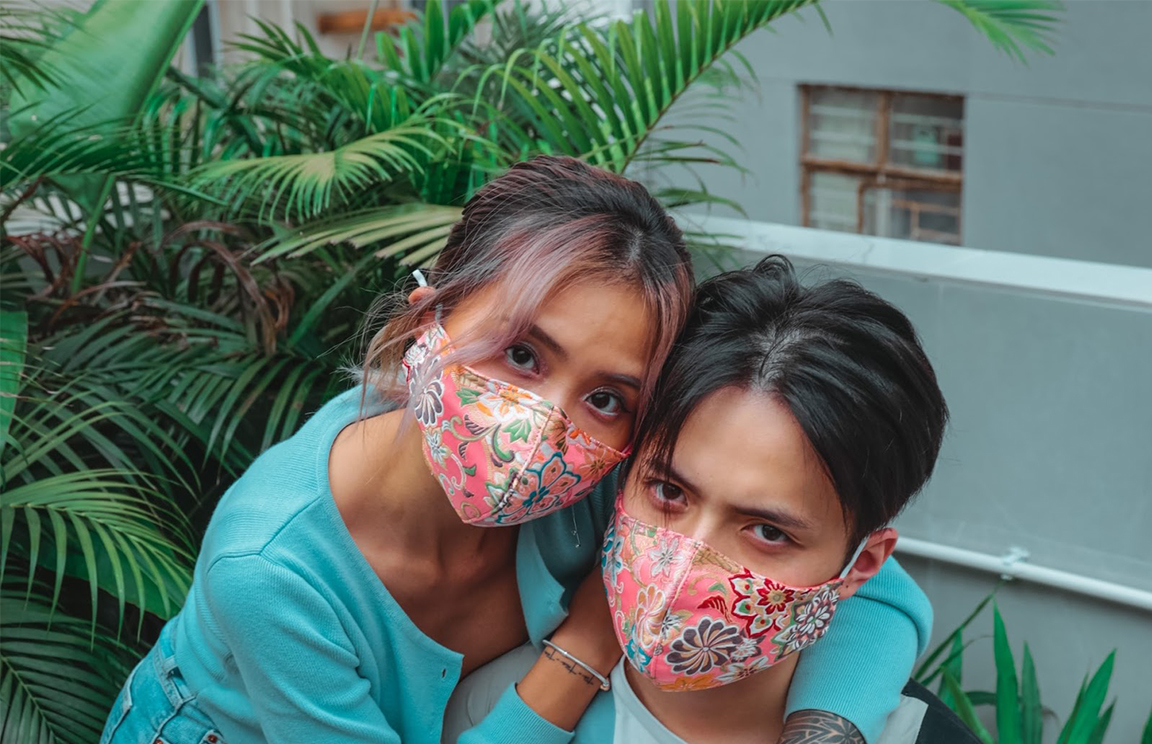Not all cloth masks offer adequate protection from viruses, so it’s a good idea to wear a surgical mask under your cloth mask. PHOTO: UNSPLASH
Before Covid-19, many East Asian celebrities had already begun wearing plain black or white masks to hide their identities in public, a trend which gradually evolved into a subtle fashion statement. The current pandemic further accelerated mask fashion. Masks have since manifested in a plethora of colours, patterns and fabrics, with some even sporting intricate embossing, embroidery, beadwork and other off-kilter embellishments.
As more and more of us take to expressing ourselves through our choices of masks, how do we ensure that we are still protecting ourselves sufficiently? Here’s an overview of popular mask types available, and how well they protect you from infection.
Surgical mask
Medical-grade masks filter out most particles, which is why most governments recommend wearing surgical masks. However, these disposable masks get dirty over time. Surgical masks should preferably be disposed of after use, as they gradually lose their effectiveness and harmful particles might get stuck in the filter of a surgical mask, which is not designed for washing.
N95 mask
This high-grade mask filters out 95% of particles from inhaled air, providing you with the most protection against coronaviruses and other communicable respiratory ailments. However, many counterfeit N95 masks are currently being sold, so look out for legitimate certification on an N95 mask and its packaging. N95 respirators are of even higher grade and provide up to 99.9% filtration. There is a global shortage in N95 masks, which is why the general public is not recommended to use these masks. If you have access to N95 masks, consider donating them to first responders and healthcare staff.

Surgical masks too are very popular among Singaporeans.
PHOTO: UNSPLASH
Fabric mask
Cloth masks are all the rage, but many types of fabrics fail to filter out most particles in the air. As such, cloth masks usually come with slots that allow disposable masks to be inserted in between their layers. This will adequately safeguard you from infection. A fabric mask that is sheer, translucent or knitted with visible space between fibres, however, definitely does not suffice. Bandanas are not up to scratch either, no matter how cool they look.
Face shield
Like a bandana, a face shield leaves a large space at the chin area, through which germs can still reach one’s mouth and nose. This is why face shields should be worn together with masks that fit snuggly with no gaps.
If you’re wondering whether your mask type will adequately protect you, Google it. The Internet will explain why some masks, such as fabric masks with valves, don’t work. Counterfeit manufacturers are often in our news headlines too, which is why verifying your mask’s certification and checking with government news sources is important. Let’s mask up and do our part to minimise transmissions!









